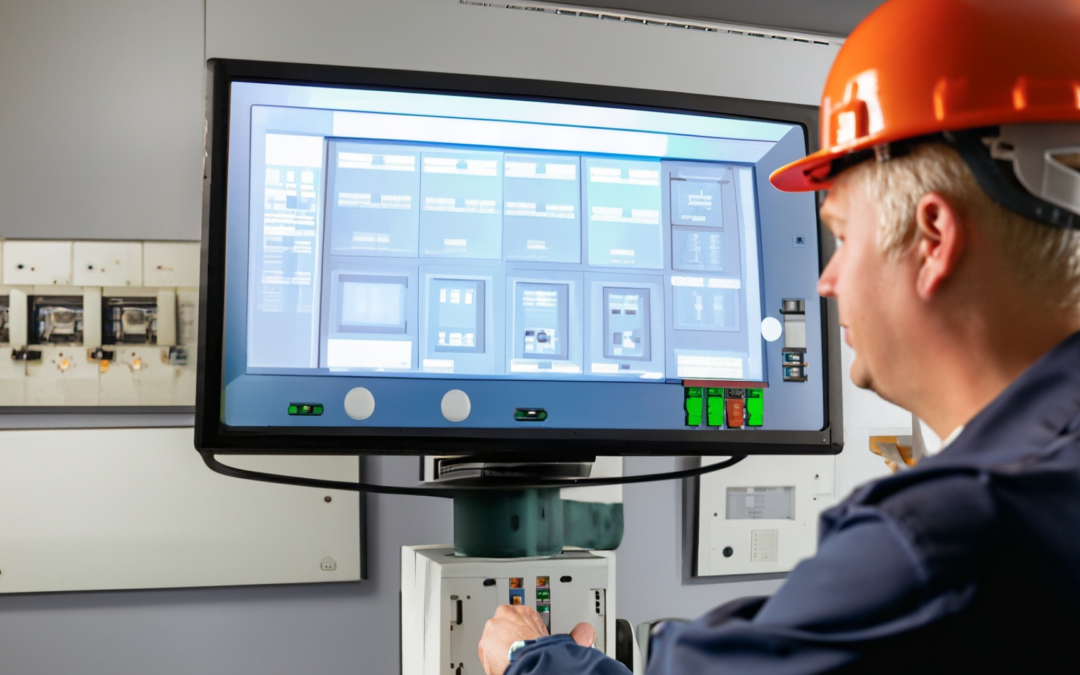Introduction:
In today’s interconnected world, the convergence of information technology (IT) and operational technology (OT) has become increasingly crucial for businesses seeking to optimize their operations, increase efficiency, and drive innovation. The integration of IT and OT systems enables organizations to harness the power of data, streamline processes, and make informed decisions. In this article, we will explore the benefits, challenges, and best practices surrounding the integration between IT and OT.
Understanding IT and OT:
IT refers to the management and utilization of computer-based information systems, including hardware, software, networks, and data centers. On the other hand, OT focuses on the control and monitoring of physical devices, machinery, and industrial processes that drive core operational functions. While traditionally separate, the convergence of IT and OT has become necessary to meet the demands of modern industrial environments.
Benefits of IT and OT Integration:
Enhanced Data Visibility and Analysis: Integrating IT and OT systems allows for the seamless flow of data between different layers of an organization. This provides real-time visibility into operational processes, enabling data-driven decision-making and facilitating predictive maintenance, quality control, and performance optimization.
Increased Operational Efficiency: By integrating IT and OT, businesses can streamline workflows, automate manual processes, and eliminate silos. This leads to improved efficiency, reduced downtime, and enhanced productivity across the organization.
Improved Security and Risk Management: Integrating IT and OT enables comprehensive cybersecurity strategies that protect critical infrastructure from cyber threats. Implementing unified security measures and protocols helps identify vulnerabilities, monitor system integrity, and mitigate risks proactively.
Scalability and Flexibility: Integration between IT and OT systems allows for seamless scalability and adaptability to changing business needs. Organizations can easily add new devices, sensors, or software solutions without disrupting the existing infrastructure, ensuring future-proofing and agility.
Challenges and Considerations:
Technical Heterogeneity: IT and OT systems have traditionally developed independently, resulting in a variety of protocols, standards, and technologies. Bridging this gap requires careful planning, interoperability considerations, and integration frameworks that accommodate diverse systems.
Cultural and Organizational Differences: The convergence of IT and OT often requires collaboration between different teams with distinct skill sets, mindsets, and priorities. Overcoming cultural barriers and fostering a collaborative environment is crucial for successful integration.
Security Risks: The integration of IT and OT systems can expose critical infrastructure to new security threats. Robust security measures, such as segmentation, access controls, encryption, and continuous monitoring, are essential to protect against cyber-attacks.
Best Practices for Successful Integration:
Develop a Comprehensive Strategy: Define clear objectives, align IT and OT goals, and create a roadmap for integration. Engage stakeholders from both domains to ensure a holistic approach.
Foster Collaboration and Communication: Promote cross-functional teamwork, knowledge sharing, and open communication channels between IT and OT teams. Encourage regular meetings, joint projects, and training programs to bridge the gap and foster mutual understanding.
Prioritize Security: Implement defense-in-depth cybersecurity strategies, conduct regular risk assessments, and follow industry best practices for securing IT and OT environments. Stay up-to-date with emerging threats and invest in training to raise security awareness.
Choose the Right Integration Technologies: Select integration tools and platforms that support the unique requirements of IT and OT integration, such as data integration, protocol translation, and system interoperability. Consider leveraging technologies like Industrial IoT, edge computing, and API management.
Conclusion:
The integration between IT and OT systems brings unprecedented opportunities for organizations to optimize processes, improve decision-making, and gain a competitive edge. By bridging the gap between these two domains, businesses can unlock the power of data, achieve operational excellence, and drive innovation in the digital age. However, successful integration requires careful planning, collaboration, and a strong focus on security. With the right strategy and approach, organizations can harness the full potential of IT and OT integration, transforming their operations for long-term success.
Office
Artha Graha Building 26 Floor Unit 2601
Sudirman Central Business District (SCBD)
Jl. Jend. Sudirman No. 52-53
Jakarta Selatan 12190
Indonesia
Hours
M-F: 8am – 5pm
S-S: Closed
Call Us
+62 (21) 50996969 ext 1261
+62 818 652 925

